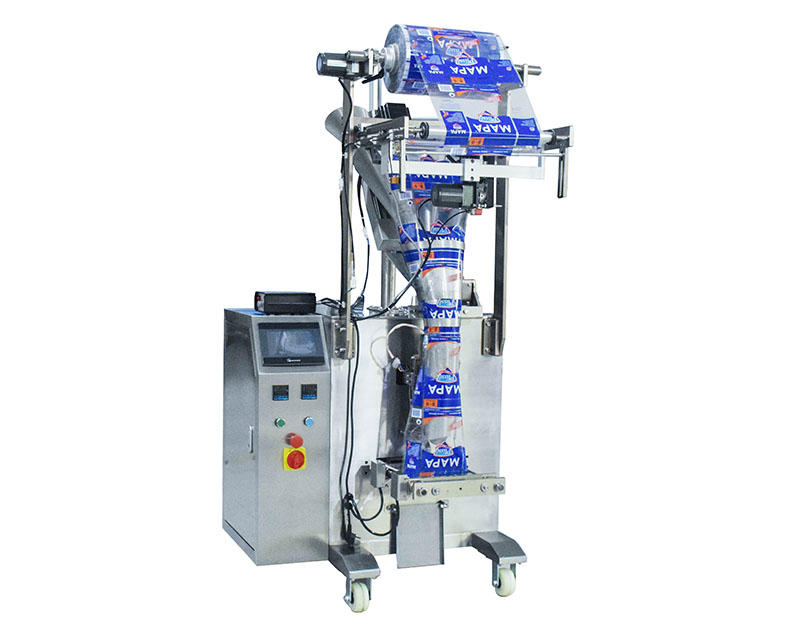Packaging powder products requires careful consideration of the characteristics of the powder, the desired packaging format, and the specific needs of the industry. Whether it's food, pharmaceuticals, cosmetics, or other applications, effective powder packaging aims to preserve product integrity, provide accurate dosing, and enhance the overall user experience. Here are the general steps involved in packaging powder products:
Container Selection:
Choose a container or packaging format suitable for the characteristics of the powder. Common options include bottles, jars, cans, pouches, or sachets. The material of the container should be compatible with the powder and provide adequate protection from moisture, light, and other environmental factors.
Package Design:
Consider the design of the packaging to ensure it is user-friendly and aligns with branding. This includes factors such as label placement, graphics, and any additional features that enhance the appeal and functionality of the package.
Weighing and Dosing:
Depending on the type of powder, precise dosing is crucial. Powder Packaging machines equipped with weighers, augers, or volumetric fillers can accurately measure and dispense the required amount of powder into each package. This ensures consistency and meets product specifications.

Sealing:
Proper sealing is essential to maintain the freshness and quality of the powder. The sealing method depends on the packaging format and may include heat sealing, ultrasonic sealing, or other techniques. Seals should be secure to prevent contamination and spillage.
Gas Flushing (Optional):
In some cases, particularly with sensitive powders, manufacturers use gas flushing to displace the air inside the package with an inert gas, such as nitrogen. This helps extend the shelf life of the powder by reducing oxidation and preserving its quality.
Quality Control:
Implement quality control measures to ensure accurate filling, proper sealing, and overall package integrity. Vision systems, weight checks, and metal detectors may be used to detect defects and ensure product quality.
Labeling and Coding:
Apply labels with relevant information, including product details, usage instructions, and regulatory information. Coding or printing systems can add batch numbers, expiration dates, or barcodes for traceability and compliance.
Secondary Packaging:
Consider the need for secondary packaging for added protection during transit and to enhance shelf presence. Secondary packaging may include cartons, boxes, or outer wraps.
Palletizing and Shipment Preparation:
Once the powder products are packaged and quality-checked, they are palletized for storage and transportation. Proper palletizing ensures stability and prevents damage during shipment.
Cleaning and Maintenance:
Regularly clean and maintain packaging equipment to prevent cross-contamination, ensure hygiene, and maximize the lifespan of the machinery.
It's important to note that the specific equipment used for packaging powders can vary based on factors such as powder characteristics (flowability, hygroscopicity, etc.), production volume, and industry regulations. Manufacturers often customize their packaging lines to meet the unique requirements of their products. Additionally, adherence to Good Manufacturing Practices (GMP) is essential to ensure the safety and quality of powder products during the packaging process.
571
0
0
All Comments (0)
If you are interested in sending in a Guest Blogger Submission,welcome to write for us!
Comments